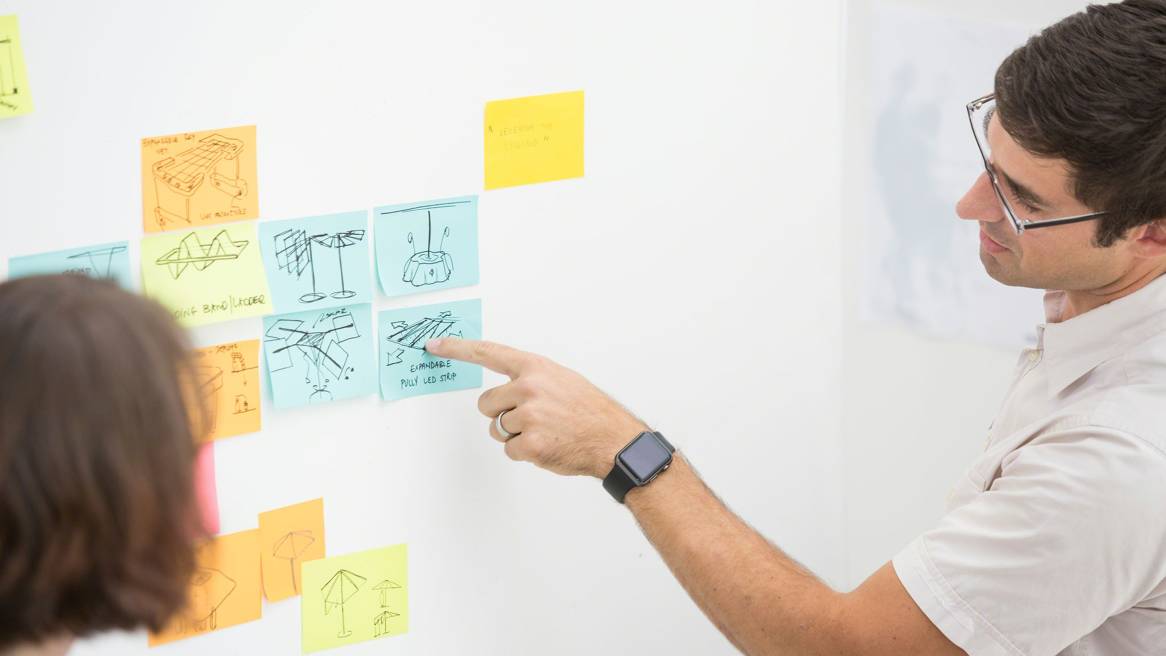Did Design Thinking Fail?
I’m a Canadian, and by extension, a hockey fan. Well, I married a hockey fan (try to find a Canadian groom who isn’t). So I’ve learned about draft picks and the whole complicated dance and scandal of talent management. Recently, I was reminded of the parallels between the promising young player that gets drafted to the NHL but doesn’t get any goals and the hopeful promise that Design Thinking offered the professional leagues of our corporate world.
An article in Fast Company touched on the demise of Design Thinking and its failure to produce the innovation promised. And for the most part, I agree.
Design Thinking can’t deliver by itself. It needs a culture that allows for risk, trust, and failure.
However, in the spirit of Design Thinking, we should reframe what we hoped to get out of the strategy. If we were hoping for wildly raucous innovation that left us speechless, then sure, I can understand the disappointment. But if we see it for what it is, a way to think differently, then we should give it more credence. Just like a talented hockey player can’t win the Stanley Cup without a strong team behind him, Design Thinking can’t deliver by itself. It needs a culture that allows for risk, trust, and failure.
This brings me back to the Fast Company article and its hope for a Creativity Quotient, which the author loosely defines as “the ability to frame problems in new ways and to make original solutions.” While a change in language can help further a concept, I hope it doesn’t just take us around in circles, simply restating what we already know in a trendy way. The major frustration with Design Thinking is that we asked too much of it. As the name implies, it is about thinking, yet innovation requires a very significant amount of doing. Innovation is not creativity. Innovation is a discernible benefit to society.
“Execution Discipline” is a cultural pattern we measure in our Applied Research Consulting (ARC) engagements with clients. We don’t stop after asking about creativity and idea generation. We then see if an organization can take a great idea and have the forbearance to move it past one or two iterations. It takes time, patience and failure. We need to have the same attitude with Design Thinking.
Design Thinking was a significant first step in bringing a culture of innovation to large, process-driven organizations. It has started the conversation about innovation, but it likely won’t have the last word.
What are your thoughts on Design Thinking? Has it been successful for you?


